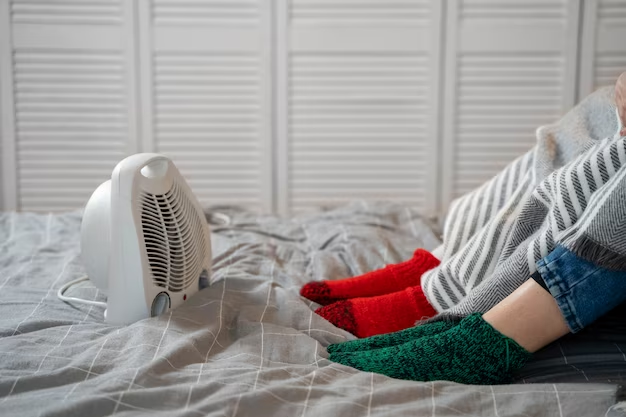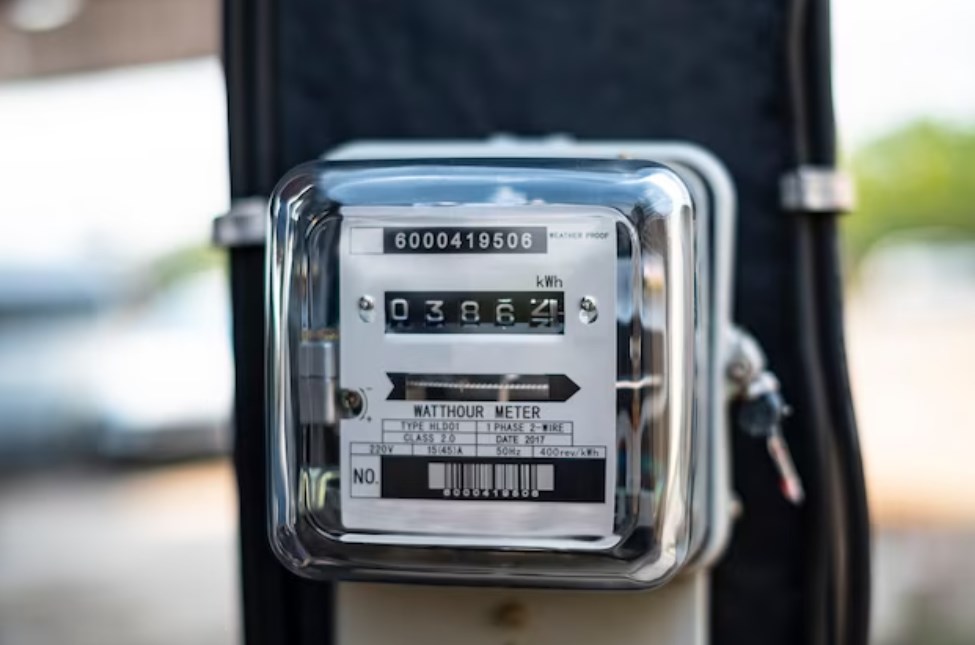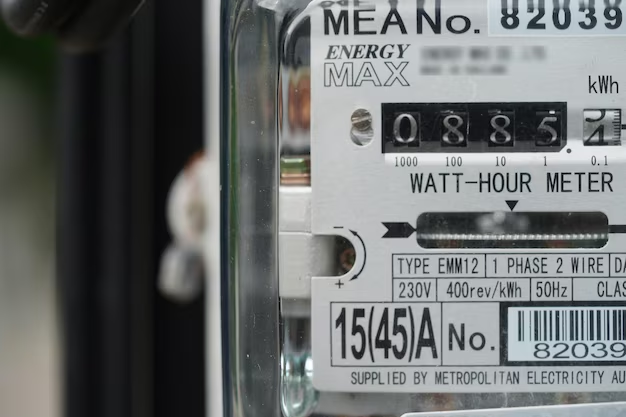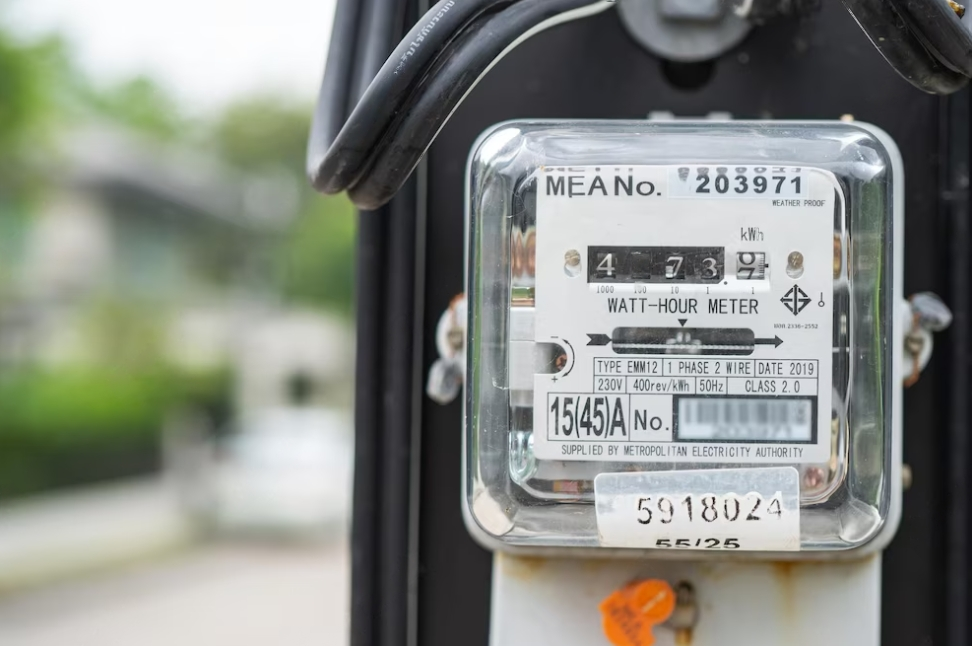With the onset of winter, homeowners face a critical decision – determining the optimal temperature for their abodes. Achieving the right balance in indoor temperature is not merely about comfort; it holds the key to safety, energy efficiency, and fostering an environmentally conscious lifestyle. Delving deep into this subject, we explore what constitutes an appropriate temperature setting for homes in winter, encompassing essential factors, expert recommendations, and vital considerations.
The Comfort Zone: Recommended Winter Temperatures
The journey towards a comfortable and energy-efficient winter home begins by understanding the temperatures recommended by health organizations. The World Health Organization (WHO) suggests a minimum indoor temperature of 18°C (64.4°F) for healthy, active adults. However, it’s important to note that comfort is subjective and can be influenced by multiple factors such as age, activity level, clothing, and health status.
Elderly Residents, Infants, and Individuals with Health Conditions
Certain household members are more susceptible to the cold than others due to their unique physiological characteristics. The table below outlines the vulnerable groups, along with the reasons for their increased susceptibility and the recommended indoor temperature to ensure their well-being during colder periods.
| Vulnerable Group | Reasons for Susceptibility | Recommended Indoor Temperature |
|---|---|---|
| Elderly Residents | Slower metabolic rate and reduced thermoregulation | Around 20°C (68°F) |
| Infants | Underdeveloped thermoregulatory systems | Around 20°C (68°F) |
| Individuals with Health Conditions | Impaired thermoregulation due to certain illnesses | Around 20°C (68°F) |
For households with members from these vulnerable groups, maintaining a warmer indoor temperature of approximately 20°C (68°F) is advisable. This temperature provides a comfortable and safe environment, reducing the risk of hypothermia and other cold-related ailments. Additionally, for better clarity, the following bullet list highlights the importance of ensuring appropriate indoor temperatures for these at-risk individuals:
- Elderly residents have slower metabolic rates and reduced thermoregulation, making them more susceptible to the cold;
- Infants’ underdeveloped thermoregulatory systems put them at a higher risk of heat loss in cold environments;
- Individuals with specific health conditions may experience impaired thermoregulation, making it essential to provide them with a warm living space;
- To safeguard their well-being, it is recommended to maintain an indoor temperature of around 20°C (68°F) in households with vulnerable members;
- This temperature helps prevent hypothermia and other cold-related health issues, ensuring a safe and comfortable living environment for all residents.
Active Households and Families
For households with active members or young, healthy adults, maintaining a temperature of around 19°C (66.2°F) is generally adequate to ensure a comfortable living environment. The table below presents the reasons for this temperature recommendation, considering the higher physical activity levels and efficient heat generation in such households.
| Household Type | Reasons for Recommended Temperature | Recommended Indoor Temperature |
|---|---|---|
| Active Households | Increased physical activity generates more body heat | Around 19°C (66.2°F) |
| Families with Young, Healthy Adults | Higher metabolism and body heat production | Around 19°C (66.2°F) |
In households with active members or young, healthy adults, the elevated physical activity leads to increased body heat generation. This inherent warmth reduces the dependence on heating systems to maintain a comfortable indoor temperature. Moreover, if the home is well-insulated, the heat produced by various activities and the normal operation of household appliances can contribute significantly to the overall warmth inside the house.
To emphasize the key points, the following bullet list highlights the factors influencing the recommended temperature for active households and families:
- Active households and families with young, healthy adults experience increased physical activity, which generates additional body heat;
- Due to this efficient heat production, a temperature of around 19°C (66.2°F) is generally sufficient to maintain a comfortable indoor climate for these households;
- Adequate insulation in the home can further enhance the warmth retention, utilizing the heat generated from activities and regular household operations;
- By setting the indoor temperature at this level, energy consumption for heating can be optimized without compromising the comfort and well-being of the residents.e Settings and Unoccupied Hours
Adjusting your home’s temperature during sleep hours and when the house is unoccupied can contribute to better energy efficiency and cost savings. According to the U.S. Department of Energy, setting the thermostat to 15.5°C (60°F) when you’re away or sleeping can help you save up to 10% a year on heating costs.
Striking a Balance: Comfort and Energy Efficiency
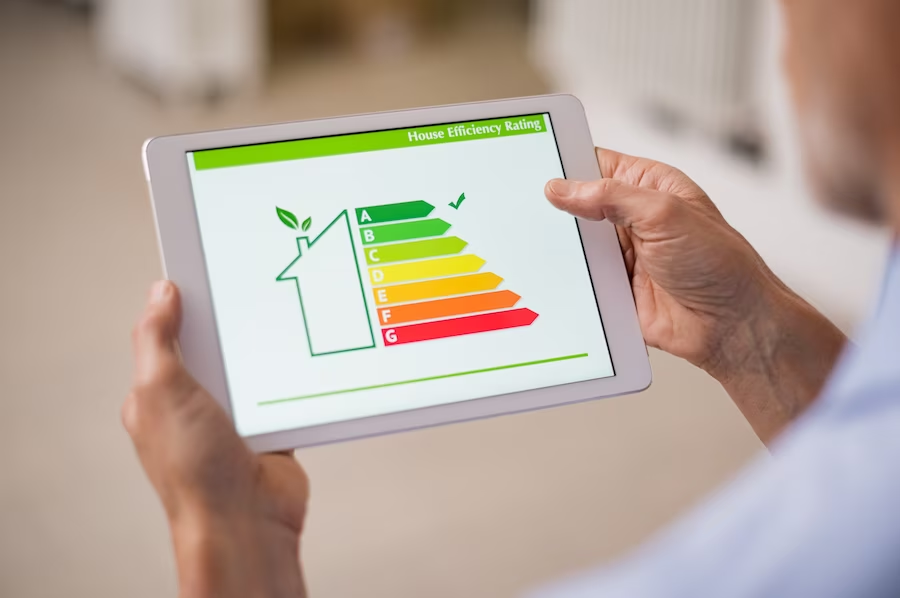
When setting your thermostat for the winter, it’s important to balance personal comfort with energy efficiency. The following strategies could be useful in maintaining this balance:
Utilizing Programmable Thermostats
Programmable thermostats have revolutionized the way we heat our homes. By automatically adjusting temperatures for different times of the day and different rooms, these devices can significantly increase energy efficiency and comfort. For instance, you can program the device to lower the temperature when you’re at work and then heat up the house before you return.
Insulating Your Home
A well-insulated home retains heat better and prevents cold air from entering. This results in less energy used for heating and more stable indoor temperatures. To ensure maximum insulation:
- Seal gaps and cracks: Common in windows and doors, these gaps allow cold air to enter and warm air to escape. Use weatherstripping or caulk to seal them;
- Install thermal curtains or window films: These items can provide extra insulation for your windows, one of the main areas of heat loss in homes;
- Upgrade insulation in walls and attic: Adequate loft and wall insulation can significantly reduce heat loss.
Using Energy-Efficient Appliances
Energy Star-certified heating systems are designed to use less energy while maintaining a comfortable indoor temperature. By opting for these appliances, you can reduce your energy consumption and lower your heating bills.
Other Factors to Consider
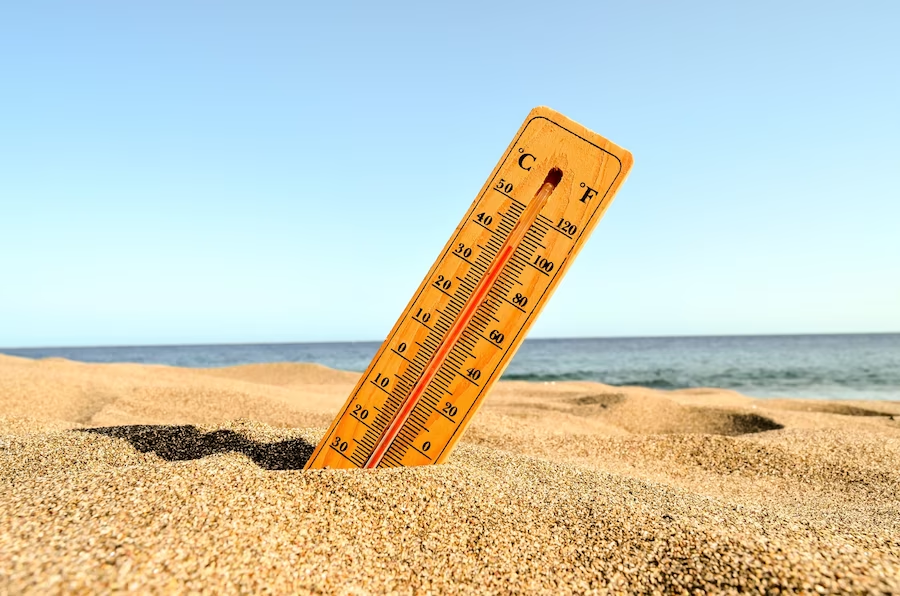
When determining the ideal winter temperature for your house, comfort and energy efficiency are essential factors to take into account. However, several other considerations can influence the setting on your thermostat. Let’s explore these factors in detail using tables, bullet lists, and paragraphs.
Local Climate
The severity of winter weather can vary greatly depending on your geographical location. In regions with extreme winter conditions, it may be necessary to set your thermostat higher to maintain a comfortable indoor environment. Conversely, in milder climates, you might be able to keep your home at a lower temperature while still feeling cozy.
| Climate Type | Recommended Winter Temperature Range (°F) |
|---|---|
| Cold (e.g., Northern regions) | 68°F to 72°F |
| Moderate (e.g., Central regions) | 65°F to 70°F |
| Mild (e.g., Southern regions) | 62°F to 68°F |
Home Size and Layout
The size and layout of your home can significantly impact its heating requirements. Larger homes or those with open floor plans tend to require more energy to maintain a comfortable temperature throughout all areas. Moreover, heat has a natural tendency to rise, leading to temperature variations between different floors.
To address these challenges, consider the following strategies:
- Ensure proper insulation throughout the house to minimize heat loss and improve energy efficiency.
- Install a zoned heating system that allows you to control the temperature independently in different areas or floors of your home.
- Personal Comfort and Health:
Personal preferences and health conditions also play a vital role in determining the ideal winter temperature for your home. What feels comfortable to one person may not be the same for another. Additionally, health considerations, such as respiratory issues or poor circulation, can influence the desired indoor temperature.
For instance, older adults or individuals with respiratory problems might require a warmer indoor environment to prevent discomfort or health complications.
It’s essential to find a balance between energy efficiency and individual comfort. Experiment with different temperature settings to identify what works best for your household’s specific needs.
Conclusion
By considering all these factors, you can determine a reasonable temperature for your house during winter. Remember, it’s about finding a balance that ensures comfort, health, energy efficiency, and safety during the coldest months of the year.
FAQ
Heating systems consume less energy to maintain a lower temperature. So, by lowering the thermostat during sleeping hours or when the house is unoccupied, you reduce energy usage.
Setting the temperature below 16°C (60.8°F) consistently could risk the health of occupants, particularly infants and the elderly, due to increased risk of hypothermia and other cold-related conditions.
Using space heaters can efficiently heat specific rooms, reducing the need to heat the entire house. However, safety should always be a priority. Space heaters should never be left unattended, and flammable materials must be kept at a safe distance.
Regularly maintaining your heating system, using fans to circulate warm air, and properly insulating your home can all contribute to more uniform heat distribution.


